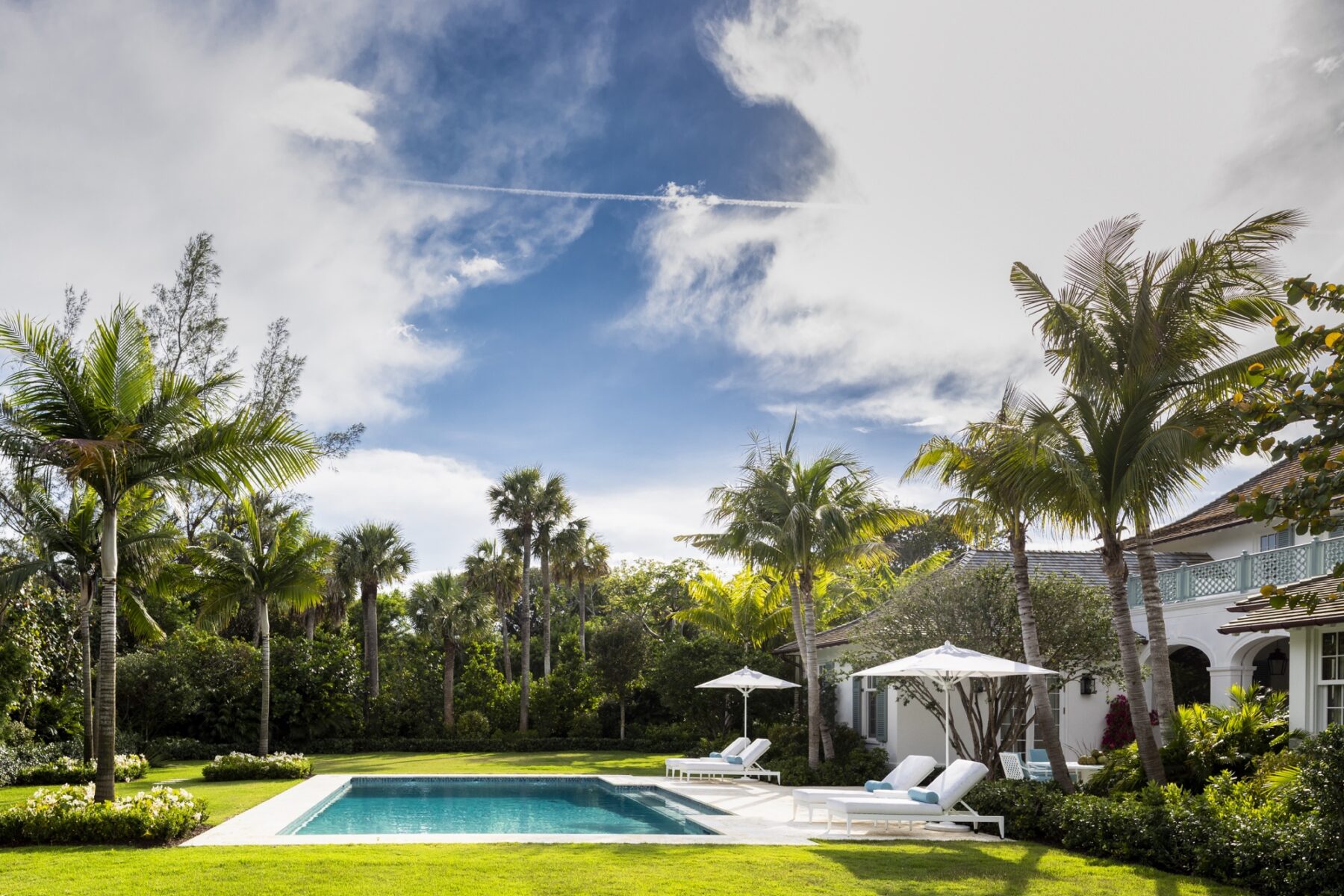Venetian Hobe Sounds architects comes from Venice, a city in northeastern Italy which is made up of 118 small islands separated by canals and all linked by a series of bridges. Venice was named for the ancient Veneti people who inhabited this region in the 10th century BC. The city itself was founded between the 5th and 6th century by wealthy inhabitants from the mainland who were fleeing the barbarian invasions.
Venice was the birthplace of unique architectural styles due to the necessity of building homes above the many canals. The buildings were set on closely spaced wooden piles made from the trunks of alder trees. Venetian architecture was influenced by the Gothic style along with Byzantine and Ottoman influences. Some of the more famous Venetian architects were Baldassarre Longhena, who designed many churches in the Baroque style during the 17th century and Carlo Scarpa, a 20th century architect who created many designs of landscapes, gardens and buildings not only in Italy but throughout the world.
Venetian architecture is lighter in structure and more graceful than the heavier buildings in other European cities. Every inch of land was considered valuable so architects never added any more weight or size than was necessary to support the building. The most famous design element of Venetian design is the Gothic lancet arch, where the top of the arch is tall and pointed, like a lance. Another design used in the 14th and 15th centuries is a central hall, called a portego, which is a long passageway usually opened with a loggia with Gothic arches.
Venetian colors were mostly rich colors like dark reds, muted yellows and bright blues. Many colors were muted in tone and during the Renaissance, they were gradually softened to duplicate natural colors. Of course, you cannot talk about Venetian style without mentioning Venetian plaster. The plaster was mixed with marble dust and applied in thin, multiple layers, then polished to a smooth surface. This gives the illusion of depth and texture. Venetian plaster can also be left unpolished which leaves a matte finish that is rough and stone-like.
The Venetian style was also used to create beautiful interior designs. In fact, some of the best examples of rich, extravagant Rococo designs were found in Venice. Draperies and curtains were made from materials like damask, velvet and silk. Other elements found in Venetian homes were girandole mirrors, colorful chandeliers using Murano glass and precious stones, polished terrazzo flooring, arches with broken pediments over windows and doorways, porcelain figurines and oriental rugs.
Doge’s Palace – This structure was originally built in 810 in the Venetian Gothic style, was rebuilt and partially reconstructed a number of times. It is now a museum and is a landmark of Venice.
Ca’ d’Ora (golden house) – Also known as Palazzo Santa Sofia, it got its original name from the gilt and polychrome decorations on the outside walls. The architects were a father and son team – Giovanni and Bartolomeo Bon, who also, by the way, worked on the Doge’s Palace.
My dream is to travel and learn about culture, history and design. I hope some day to visit the romantic city of Venice, Italy; to see the things I write about, experience the culture and the warmth of its people. I would love to travel through the tiny canals in a gondola while viewing its beauty, architecture and arts.



